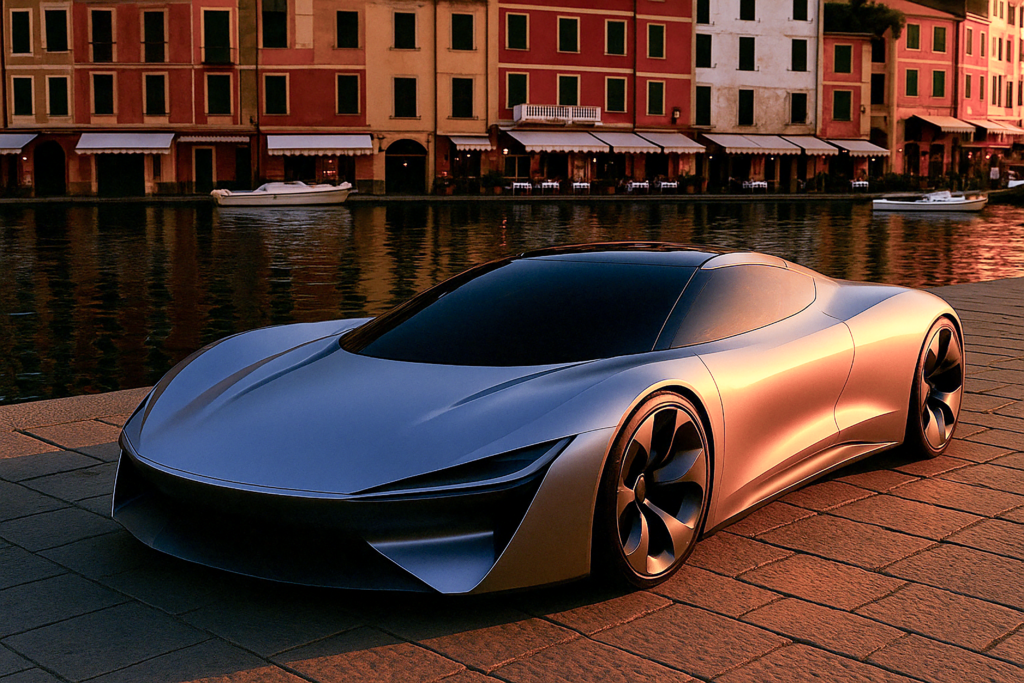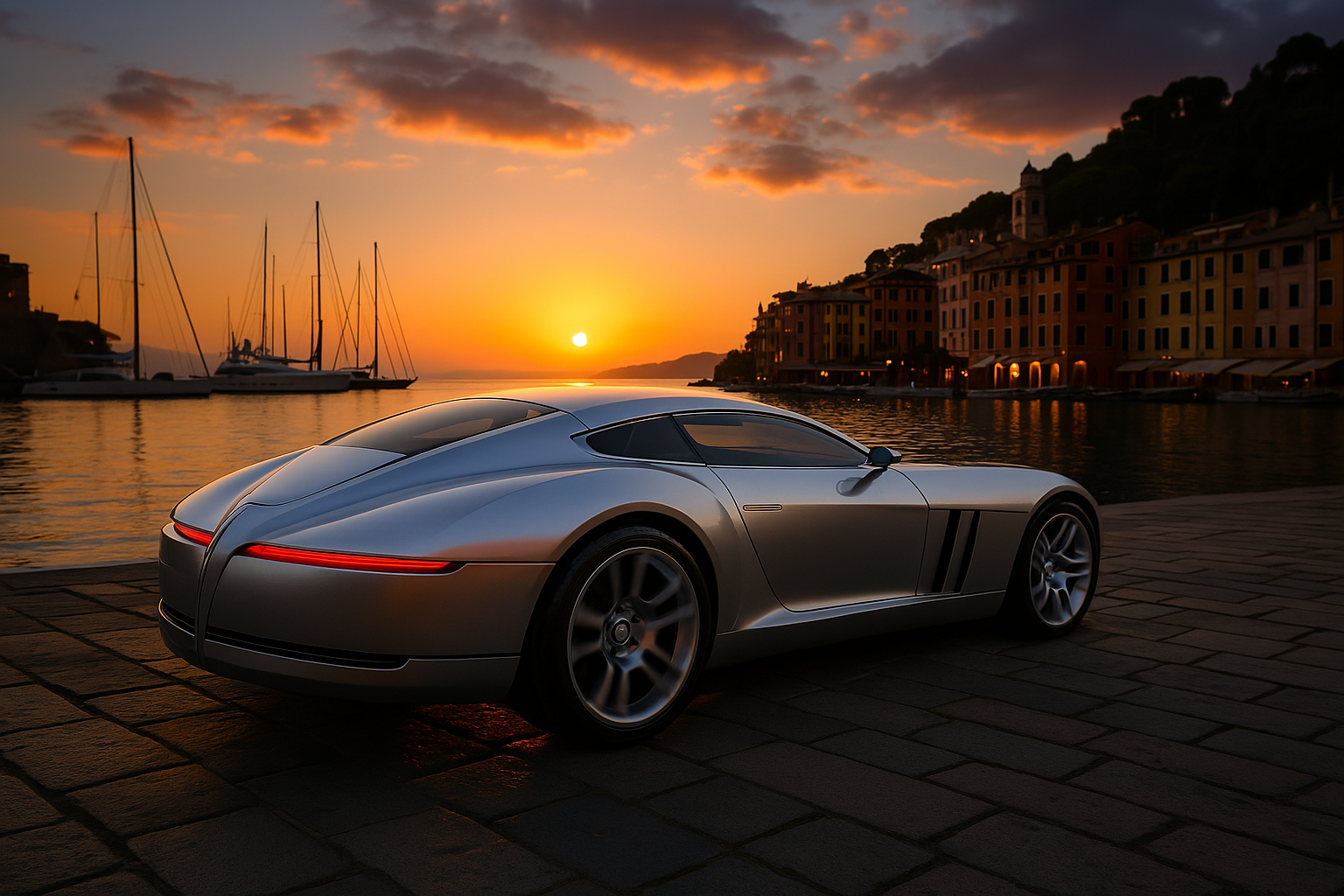
By Cornelis Steenstra for Car Design TV
The integration of AI into the car design workflow has taken a significant leap with the latest capabilities of ChatGPT, especially its new image generation and visualization tools. As a seasoned designer with over four decades in the industry, I’ve experienced firsthand how design tools have evolved—from pencils and clay to digital sketchpads and immersive VR studios. And now, I find myself exploring a new collaborator: a conversational AI that can generate high-quality visuals in real time.
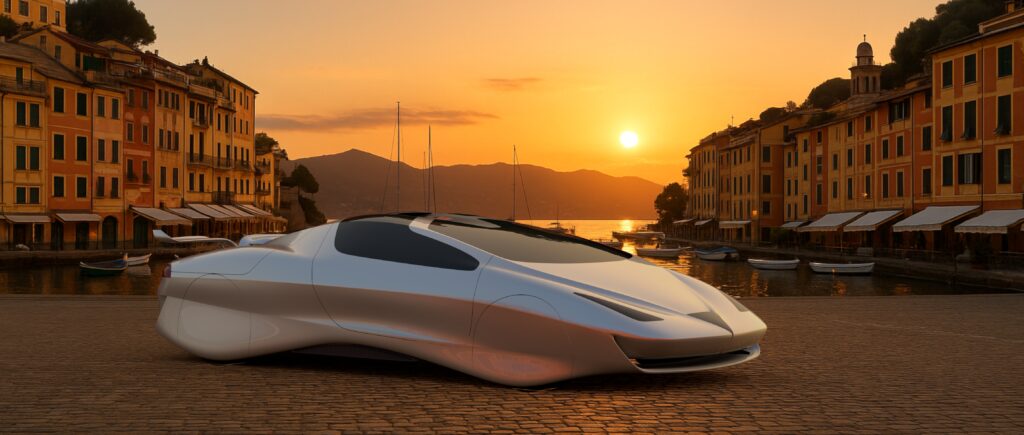
The Promise: Fast, Focused Visualization
One of ChatGPT’s most compelling features is its ability to transform text-based prompts into rendered images that capture mood, lighting, and conceptual intent with surprising accuracy. For quick concept visualizations, scenery composites, or even speculative design iterations, it’s already a powerful tool.
Need a futuristic coupe parked in Portofino at golden hour? You can generate that in seconds. Want to preview a vehicle in Yosemite or Bryce Canyon, with accurate reflections and environmental integration? It’s now possible—even at a quality high enough to form the foundation for presentation backplates or storyboards.
This immediacy is a game-changer, particularly in early-stage brainstorming or pitch preparation. Instead of spending hours in Photoshop or setting up complex 3D render environments, designers can generate environment scenarios, lighting setups, and mood variations simply by articulating them.
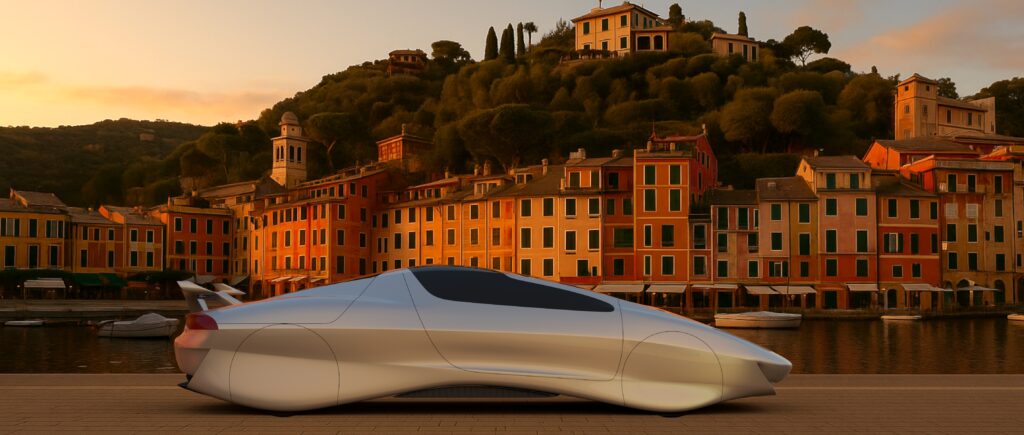
Where It Still Frustrates: The Control Gap
However, despite these advantages, there are limitations that are hard to ignore—especially for professionals who need precision.
The first is consistency. For example, when working on a specific vehicle design, getting ChatGPT to replicate the same vehicle across multiple angles, lighting conditions, or environments often leads to inconsistent results. Even with reference images, the AI can “hallucinate” details, altering design features or proportions unexpectedly.
Camera path animations also face hurdles. A simple request for a clean 5-second dolly shot can result in surreal movements or shifting perspectives that aren’t grounded in physics. Wheels don’t rotate realistically, or worse, they distort or flicker—breaking immersion completely. For now, these animations are more like mood reels than technical visualizations.
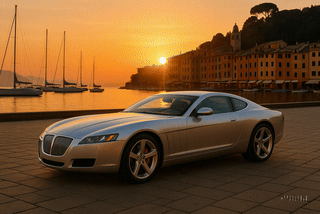
The Ideal Future: AI as a Design Collaborator, Not Just a Renderer
Looking ahead, the real opportunity lies in deeper integration between design intent and AI execution. Imagine an AI that understands not just aesthetics, but functional constraints—platform dimensions, aerodynamics, ergonomics—and offers visually accurate iterations within those bounds. A tool that can evolve a sketch into a package-validated design, or simulate light behavior across different paint finishes and materials dynamically.
Also critical will be a “locked design mode,” where the AI maintains the exact same design across multiple outputs, only adjusting what the designer wants to change—camera angle, lighting, environment, etc. The lack of this control today limits the tool’s usefulness in professional workflows.
Conclusion: A Revolutionary Assistant in the Making
ChatGPT with image generation is already transforming how designers ideate, pitch, and visualize. It’s not yet a replacement for your Alias, Blender, or VRED setup—but it is an accelerating tool, especially in the conceptual and narrative phases of the design process.
For now, it’s best viewed as an extremely talented intern: fast, adaptive, and visually inventive—yet still learning how to follow directions. With more refinement, particularly in continuity and physics-based rendering, it could become one of the most powerful creative tools in the modern design studio.
